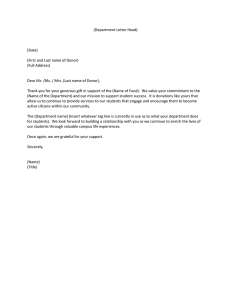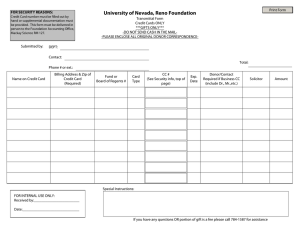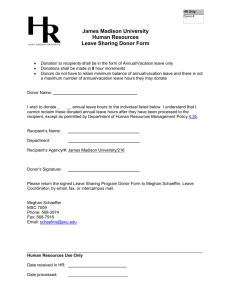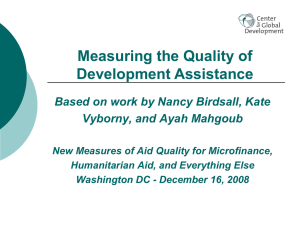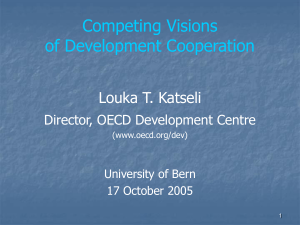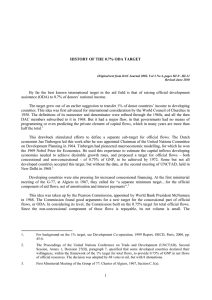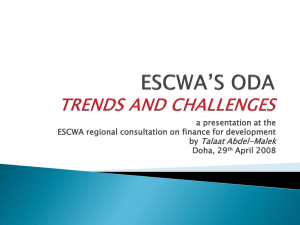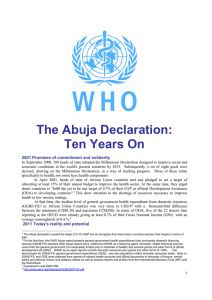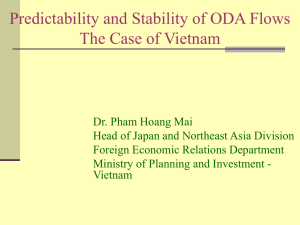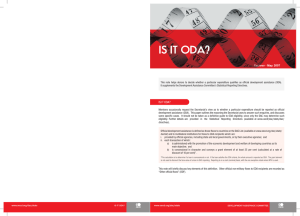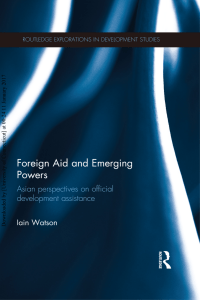Foreign Aid The History of Foreign Aid
advertisement
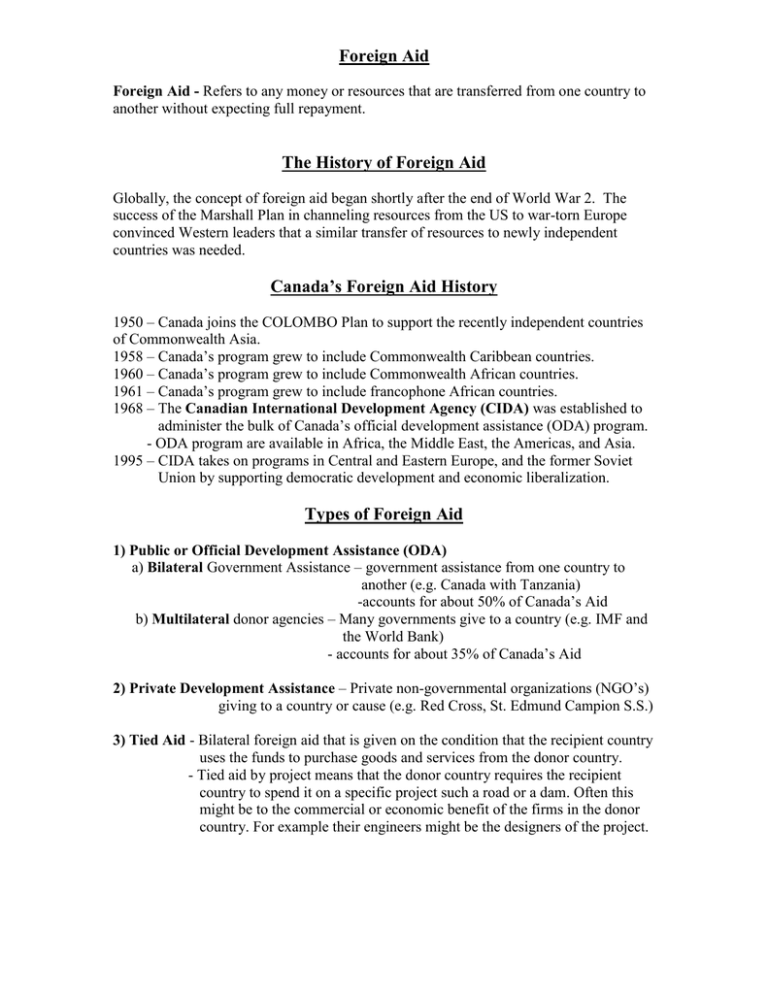
Foreign Aid Foreign Aid - Refers to any money or resources that are transferred from one country to another without expecting full repayment. The History of Foreign Aid Globally, the concept of foreign aid began shortly after the end of World War 2. The success of the Marshall Plan in channeling resources from the US to war-torn Europe convinced Western leaders that a similar transfer of resources to newly independent countries was needed. Canada’s Foreign Aid History 1950 – Canada joins the COLOMBO Plan to support the recently independent countries of Commonwealth Asia. 1958 – Canada’s program grew to include Commonwealth Caribbean countries. 1960 – Canada’s program grew to include Commonwealth African countries. 1961 – Canada’s program grew to include francophone African countries. 1968 – The Canadian International Development Agency (CIDA) was established to administer the bulk of Canada’s official development assistance (ODA) program. - ODA program are available in Africa, the Middle East, the Americas, and Asia. 1995 – CIDA takes on programs in Central and Eastern Europe, and the former Soviet Union by supporting democratic development and economic liberalization. Types of Foreign Aid 1) Public or Official Development Assistance (ODA) a) Bilateral Government Assistance – government assistance from one country to another (e.g. Canada with Tanzania) -accounts for about 50% of Canada’s Aid b) Multilateral donor agencies – Many governments give to a country (e.g. IMF and the World Bank) - accounts for about 35% of Canada’s Aid 2) Private Development Assistance – Private non-governmental organizations (NGO’s) giving to a country or cause (e.g. Red Cross, St. Edmund Campion S.S.) 3) Tied Aid - Bilateral foreign aid that is given on the condition that the recipient country uses the funds to purchase goods and services from the donor country. - Tied aid by project means that the donor country requires the recipient country to spend it on a specific project such a road or a dam. Often this might be to the commercial or economic benefit of the firms in the donor country. For example their engineers might be the designers of the project.
